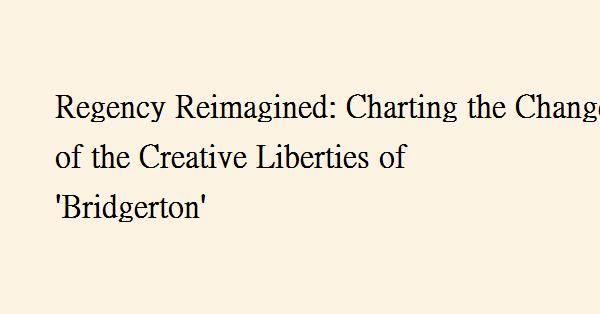

"Bridgerton," the scintillating series that graced our screens with its debut last Christmas, is Shonda Rhimes’ latest gift to the world of entertainment, a lush adaptation of Julia Quinn's bestselling novels. It's a resplendent rendition that spun with modern threads that have captured viewers' hearts, soaring to the heights of Netflix's viewership ranks with a stellar approval on Rotten Tomatoes.
While the series has become a beacon of escape for many, it's important to note the artistic liberties taken in its journey from page to screen. The transition is not without its alterations, and fans of Quinn's work may spot several key differences.
Firstly, the show introduces a more diverse cast, reflecting a modern sensibility and a reimagined world of London’s high society, which stands in contrast to the books' depiction. This bold move has been lauded for its inclusive vision, bringing a contemporary relevance to the period drama genre.
Furthermore, character backstories and arcs receive more fleshing out on screen, adding complexity to the narrative. The series imbues characters with richer personal histories and motivations, whereas the books often maintain a tighter focus on the main protagonists' relationship.
The pacing and events have been tweaked for dramatic effect as well. Certain storylines are accelerated, others are introduced earlier than they appear in the literary sequence, and some are wholly original creations by the show's writers.
Moreover, the visual opulence of the show—its lavish costumes, grandiose settings, and the intricate set design—is designed to captivate the viewers’ senses in a way that the written word can only suggest.
